Burns, cuts, and other minor wounds

To prevent chafing that can lead to blisters, dermatologists recommend following these tips.

To treat corns and calluses, watch this video to learn what dermatologists recommend.

When the temperature dips below freezing, follow these tips from dermatologists to stay warm and prevent frostbite.
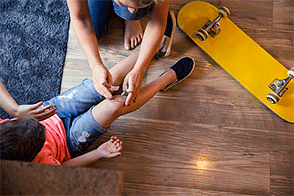
View tips from dermatologists for reducing the appearance of scars caused by injuries.
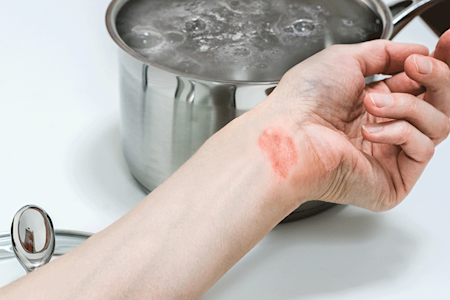
Although first-degree burns are not as serious as higher-degree burns, they can hurt quite a bit and can leave a scar if not properly treated. To treat a first-degree burn at home, follow these tips from dermatologists.
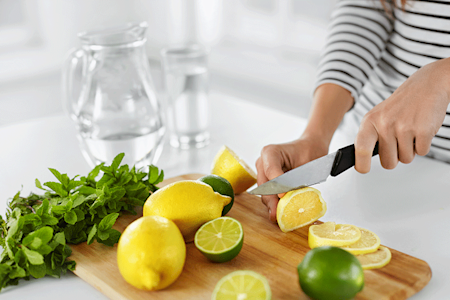
Cuts from a sharp knife or a piece of glass are very common. Fortunately, most can be safely treated at home with a few simple steps. To treat a minor cut, follow these tips from board-certified dermatologists.

During a skin biopsy, your dermatologist removes a small sample of skin. If you’ve just had a skin biopsy, proper aftercare is essential. To help, we asked board-certified dermatologists to explain the steps they recommend.
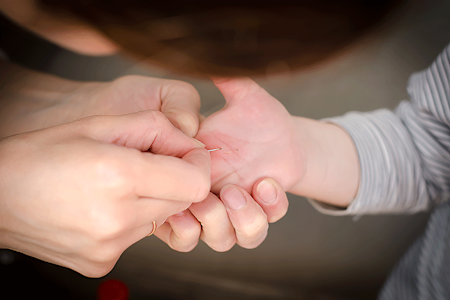
Splinters are easy to remove with the proper tools and technique. To remove a splinter, dermatologists recommend following these tips.
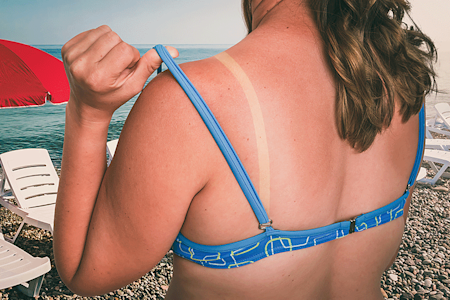
You can get a sunburn after too much unprotected time in the sun — no matter your skin tone. Follow these tips from board-certified dermatologists to relieve your sunburn.

FDA testing found that some UV wands used to clean and disinfect give off unsafe levels of UV radiation. Find out how to protect yourself and your family from UV injuries.
 Atopic dermatitis: More FDA-approved treatments
Atopic dermatitis: More FDA-approved treatments
 Biosimilars: 14 FAQs
Biosimilars: 14 FAQs
 How to trim your nails
How to trim your nails
 Relieve uncontrollably itchy skin
Relieve uncontrollably itchy skin
 Fade dark spots
Fade dark spots
 Untreatable razor bumps or acne?
Untreatable razor bumps or acne?
 Tattoo removal
Tattoo removal
 Scar treatment
Scar treatment
 Free materials to help raise skin cancer awareness
Free materials to help raise skin cancer awareness
 Dermatologist-approved lesson plans, activities you can use
Dermatologist-approved lesson plans, activities you can use
 Find a Dermatologist
Find a Dermatologist
 What is a dermatologist?
What is a dermatologist?